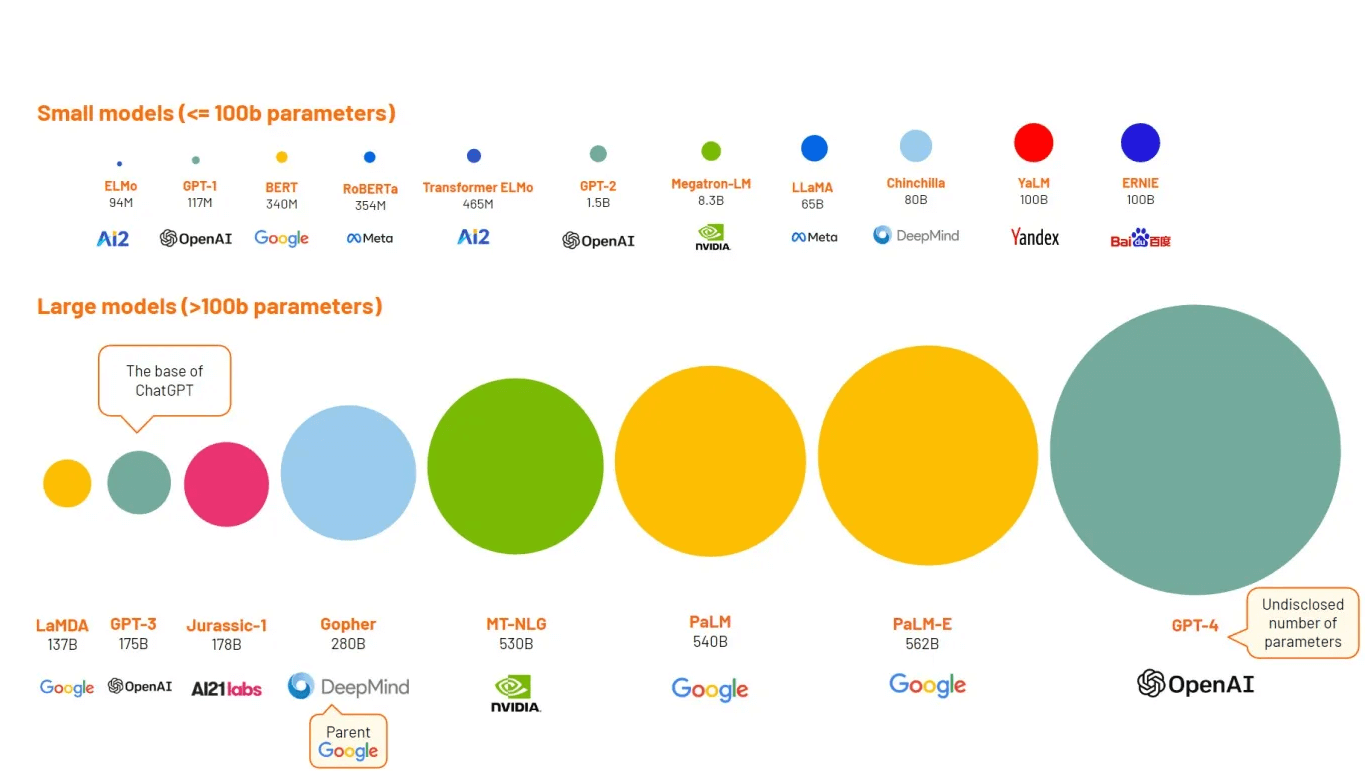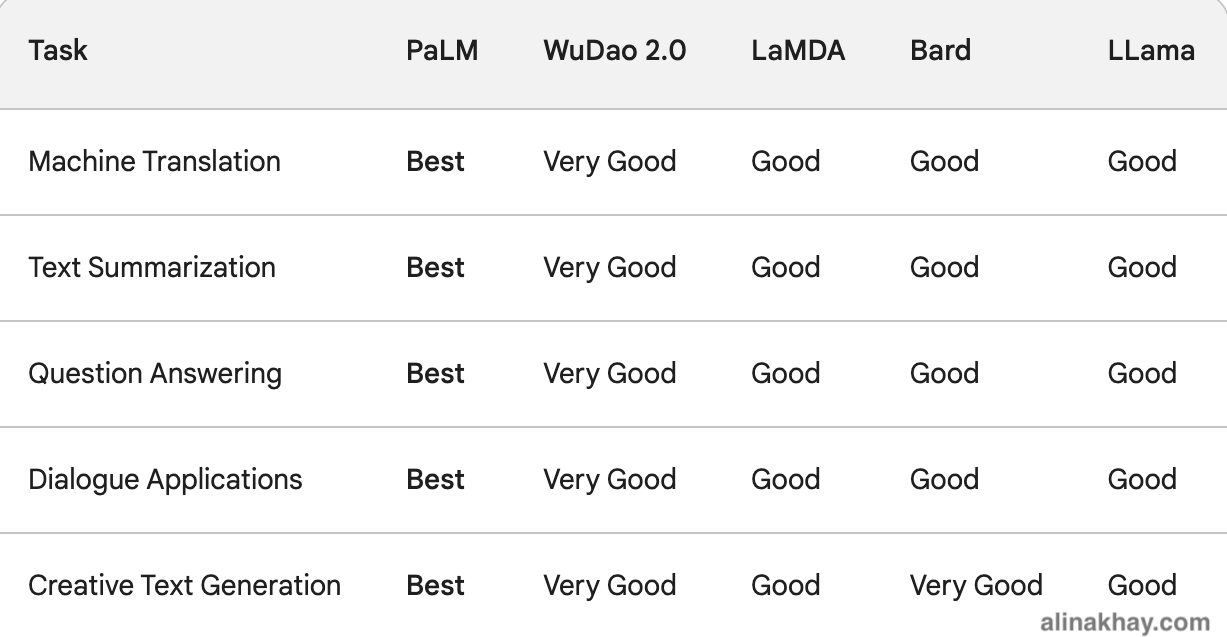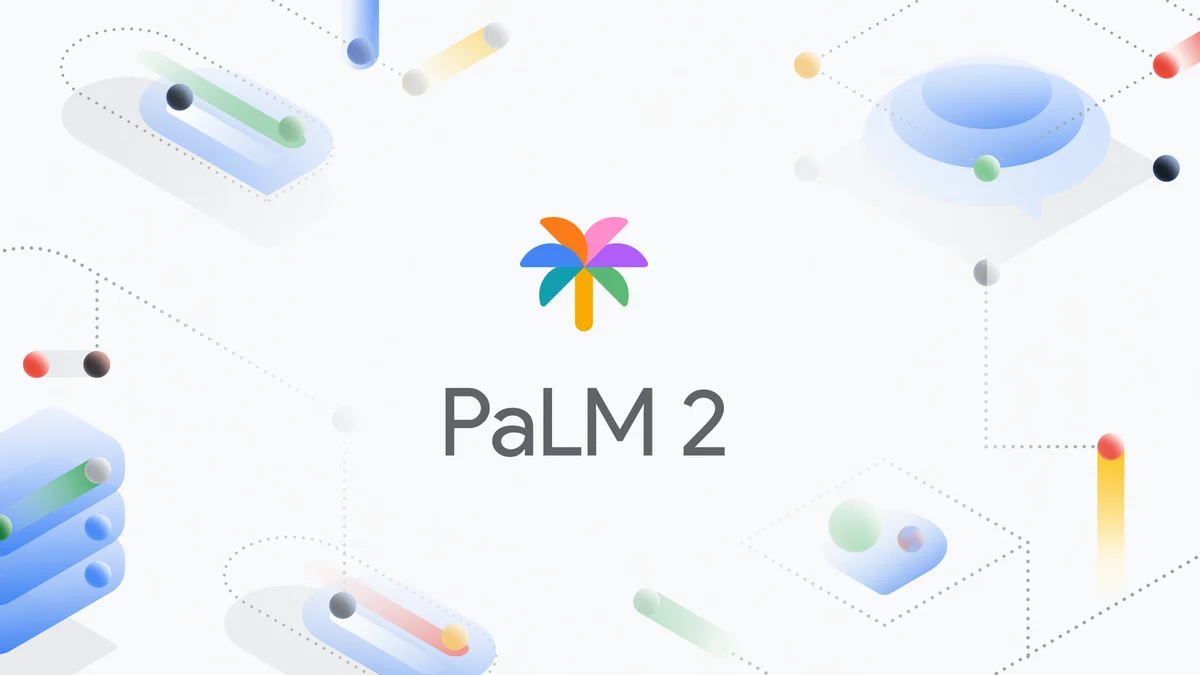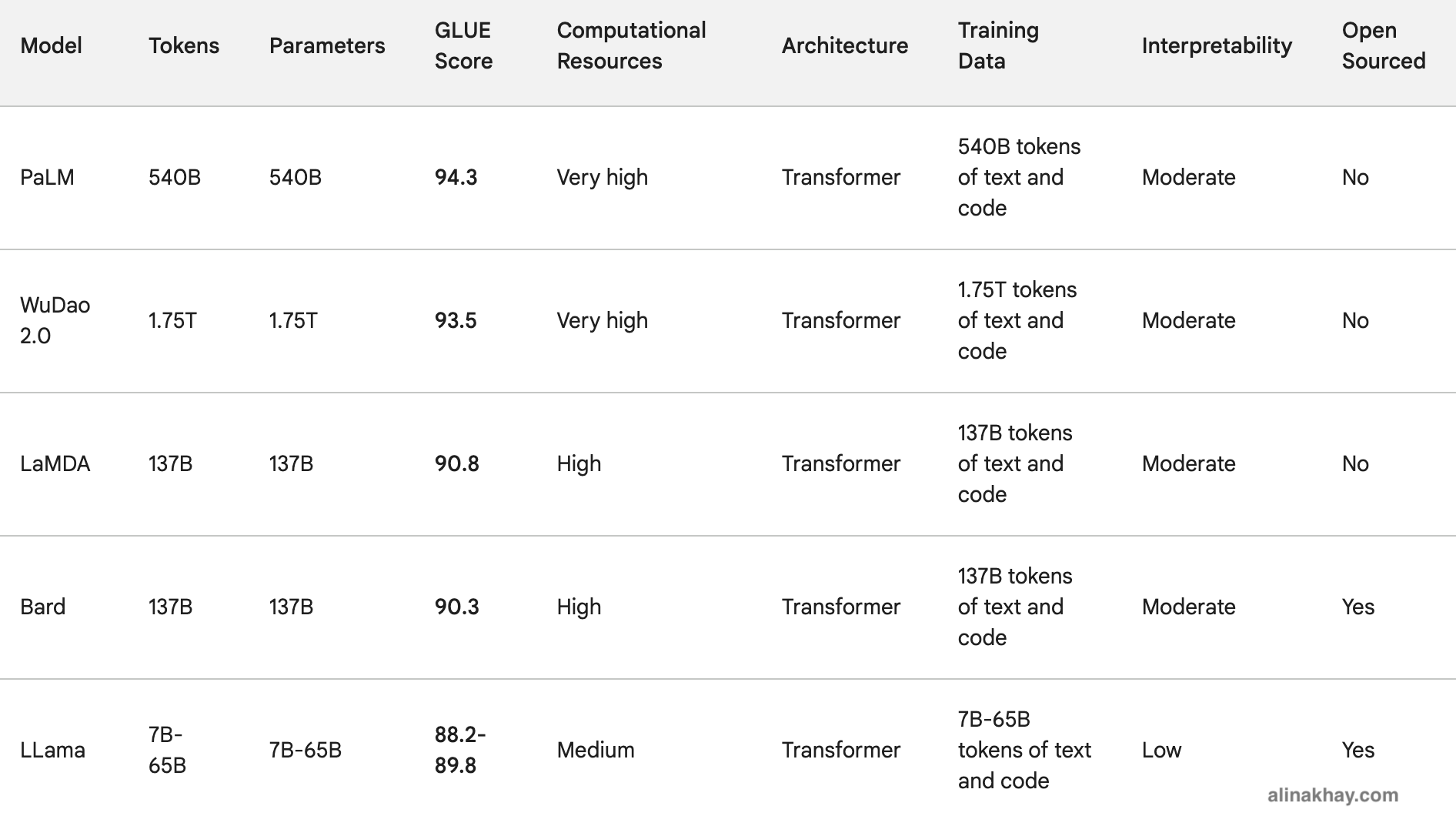
Comprehensive Guide to the State of Large Language Models in 2023
20 July, 2023
Large language models (LLMs) have been one of the most exciting developments in artificial intelligence in recent years. These models are trained on massive datasets of text and code, and they can be used for a variety of tasks, including natural language understanding, generation, and translation. Large language models (LLMs) are gaining increasing popularity in both academia and industry, owing to their unprecedented performance in various applications. As LLMs continue to play a vital role in both research and daily use, their evaluation becomes increasingly critical.
Comparison of LLMs on various tasks 🔍
LLMs have been evaluated on various tasks such as natural language processing tasks, reasoning, medical usage, ethics, education, natural and social sciences, agent applications, and other areas.

Natural language processing (NLP) tasks 💬
These tasks involve understanding and generating text. Some examples of NLP tasks include text classification, question answering, and summarization. For example, LLMs have been shown to be very effective at classifying text into different categories, such as news, social media posts, and product reviews. They have also been shown to be very good at answering questions in a comprehensive and informative way, even if the questions are open-ended or challenging. Additionally, LLMs have been shown to be able to summarize text in a way that is both accurate and concise.
Reasoning tasks 🧠
These tasks involve using logic to solve problems. Some examples of reasoning tasks include natural language inference and commonsense reasoning. For example, LLMs have been shown to be able to infer the meaning of sentences even if the sentences are ambiguous or incomplete. They have also been shown to be able to reason about commonsense knowledge, such as the fact that if it is raining outside, then it is likely that the ground is wet.
Medical usage 🏥
LLMs can be used to help doctors diagnose diseases, make treatment decisions, and develop new treatments. For example, LLMs have been shown to be able to identify patterns in medical data that would be difficult for humans to see. They have also been shown to be able to generate personalized treatment plans for patients. Additionally, LLMs can be used to create educational resources for medical professionals, such as simulations and interactive tutorials.
Ethics 🌐
LLMs can be used to generate ethical arguments and to explore ethical dilemmas. For example, LLMs have been used to generate arguments for and against different ethical theories. They have also been used to explore ethical dilemmas, such as the trolley problem. Additionally, LLMs can be used to help people make ethical decisions in their own lives.
Education 🎓
LLMs can be used to personalize learning, create interactive educational experiences, and provide feedback to students. For example, LLMs can be used to track students' progress and identify areas where they need additional help. They can also be used to create personalized learning plans for students. Additionally, LLMs can be used to provide feedback to students on their work, both in the form of written comments and in the form of real-time suggestions.
Natural and social sciences 🔬
LLMs can be used to analyze data, generate hypotheses, and explore new areas of research. For example, LLMs have been used to analyze large datasets of scientific data, such as gene expression data and climate data. They have also been used to generate hypotheses about the underlying causes of different phenomena. Additionally, LLMs can be used to create new tools and resources for scientists, such as visualization tools and data mining tools.
Agent applications 🤖
LLMs can be used to create intelligent agents that can interact with the world in a meaningful way. For example, LLMs have been used to create chatbots that can hold conversations with humans. They have also been used to create virtual assistants that can help people with their daily tasks. Additionally, LLMs can be used to create robots that can interact with the world in a physical way.
As you can see, LLMs have the potential to be used in a wide variety of tasks. As LLMs continue to develop, they will become even more powerful and versatile. This will lead to new and innovative applications for LLMs, which will have a profound impact on our lives.
Here is a comparison of the LLM models discussed above on various tasks:

PaLM (Pathway Language Model)
PaLM is a 540-billion parameter model developed by Google AI. It is the largest and most powerful LLM to date, and it has been shown to achieve state-of-the-art results on a variety of tasks, including machine translation, text summarization, and question answering.

WuDao 2.0 (Wu Dao 2.0)
WuDao 2.0 is a 1.75-trillion parameter model developed by the Beijing Academy of Artificial Intelligence. It is the second-largest LLM to date, and it has been shown to achieve state-of-the-art results on a variety of tasks, including machine translation, text summarization, and question answering.

LaMDA (Language Model for Dialogue Applications)
LaMDA is a 137-billion parameter model developed by Google AI. It is specifically designed for dialogue applications, and it has been shown to be very good at generating natural-sounding and informative responses to a wide range of prompts and questions.

Bard (Generative Pre-trained Transformer 3)
Bard is a 137-billion parameter model developed by Google AI. It is a descendant of LaMDA, and it has been shown to be very good at generating creative text formats, like poems, code, scripts, musical pieces, email, letters, etc.

Llama (Large Language Model Meta AI)
LLama is a collection of foundation language models ranging from 7B to 65B parameters. It is developed by Meta AI and is specifically designed for open science. LLama is shown to be competitive with state-of-the-art models on a variety of tasks, including machine translation, text summarization, and question answering.

Feature Comparison
Some common features that can be used to compare LLM models include the size of the model, the number of parameters, the training data, and the architecture:

1. The GLUE score is a measure of the performance of a language model on a set of natural language understanding tasks.
2. The computational resources required to train and run an LLM can vary depending on the size and complexity of the model.
3. The architecture of an LLM refers to the way that the model is structured.
4. The training data for an LLM can vary depending on the task that the model is being trained for.
5. The interpretability of an LLM refers to how well the model's predictions can be explained.
It is important to note that the performance of an LLM on a particular task can vary depending on the dataset that is used to train the model. Additionally, the performance of an LLM can also improve over time as the model is exposed to more data.
Conclusion ✨
LLMs are a powerful new technology that has the potential to revolutionize the way we interact with computers, making our lives easier, more efficient, and more productive. These models are still under development, but they have already achieved state-of-the-art results on a variety of tasks. As LLMs continue to improve, they will have an even greater impact on our lives.
In conclusion, comparing Large Language Models enables businesses to make well-informed decisions and gain a competitive advantage in their respective domains. Whether it's improving natural language processing, enhancing reasoning abilities, offering personalized experiences, or making ethical choices, LLMs provide invaluable tools that can drive success and innovation in today's dynamic business landscape.